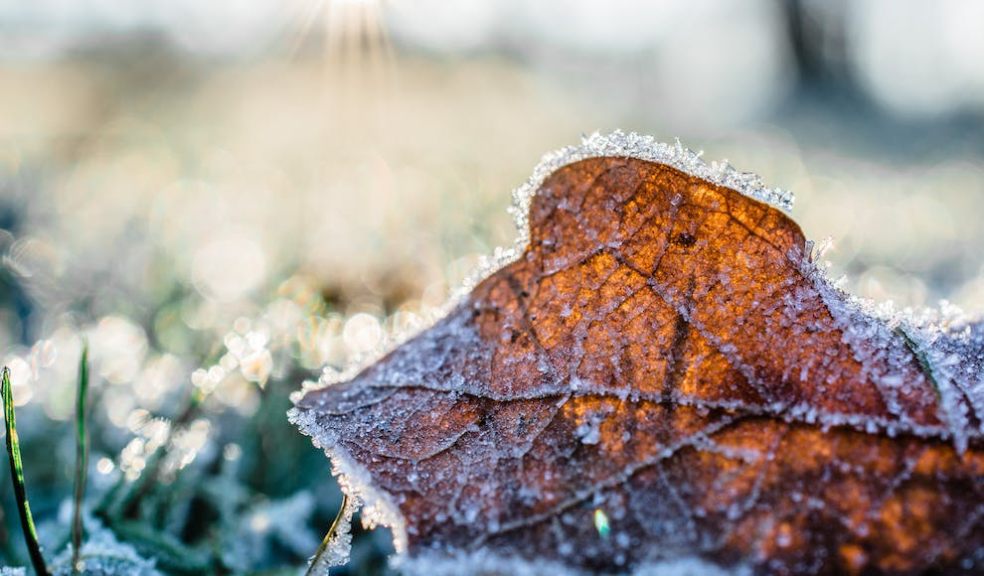
Recovering from Frost: A Gardener's Guide to Nurturing Your UK Garden Back to Life
As the chilly embrace of winter tightens its grip on the United Kingdom, gardeners often find themselves grappling with the aftermath of frost. The delicate beauty of your garden may suffer, leaving behind a landscape marred by frost-damaged plants. Fear not, for this guide will walk you through the steps to recover and rejuvenate your garden after a frosty assault.
Understanding Frost Damage:
Frost damage occurs when ice crystals form on plant tissues, leading to cell damage. The signs are visible in the form of wilted, blackened, or discoloured foliage. It's crucial to act promptly to salvage your beloved plants and restore your garden to its former glory.
Assessment and Pruning:
After a frosty night, conduct a thorough inspection of your garden. Identify the affected plants and assess the extent of the damage. In many cases, you'll need to prune damaged areas to promote new growth. Remove any blackened or mushy portions, cutting back to healthy tissue. Ensure your tools are sharp and clean to prevent further stress on the plants. If needed, invest in some new tools such as those supplied by Garden Machinery Direct.
Soil Inspection and Mulching:
Inspect the soil around your plants for signs of frost heaving, where soil is pushed up due to freezing and thawing. Gently press the soil back down around the base of plants to protect their roots. Apply a layer of mulch to insulate the soil and provide an additional barrier against extreme temperatures. Mulching also helps retain moisture, crucial for plant recovery.
Watering Wisely:
Proper hydration is essential for plants recovering from frost damage. Water your garden during periods of dry weather, ensuring the soil is consistently moist. However, be cautious not to overwater, as waterlogged soil can exacerbate root damage. Aim for a balance, allowing the soil to dry slightly between watering sessions.
Applying Fertilizers:
To encourage new growth and fortify your plants against future frost, consider applying a balanced, slow-release fertilizer. This will provide the necessary nutrients for recovery without the risk of overfeeding. Follow the recommended application rates and avoid fertilizing plants during extreme weather conditions.
Protective Measures for Future Frosts:
Prevention is key when it comes to frost damage. Keep an eye on weather forecasts and be prepared to cover vulnerable plants with frost cloths or blankets on frosty nights. Grouping potted plants together and placing them near walls can provide added insulation. Consider investing in cold frames or cloches for additional protection during winter.
Plant Selection for Resilience:
When planning your garden, opt for plants that are hardy and well-suited to the UK climate. Native and frost-resistant varieties are more likely to withstand winter temperatures, minimizing the risk of frost damage. Researching and selecting cold-tolerant plants will contribute to a more resilient and robust garden.
Conclusion:
In addition to these recovery steps, consider introducing frost-resistant perennials and evergreens to fortify your garden against future icy challenges. Regularly monitor weather patterns and take preventative measures when frost is forecasted. Patience is a virtue in gardening; as you nurture your plants back to health, the vibrant tapestry of your UK garden will slowly but surely return, proving that with tender care, winter's frosty grasp can be overcome.
Recovering from frost damage in your UK garden requires a combination of careful assessment, timely action, and strategic care. By understanding the signs of frost damage and implementing these recovery measures, you can breathe life back into your garden and ensure its vitality for seasons to come. Remember, nature is resilient, and with your attentive care, your garden will soon flourish once again.













